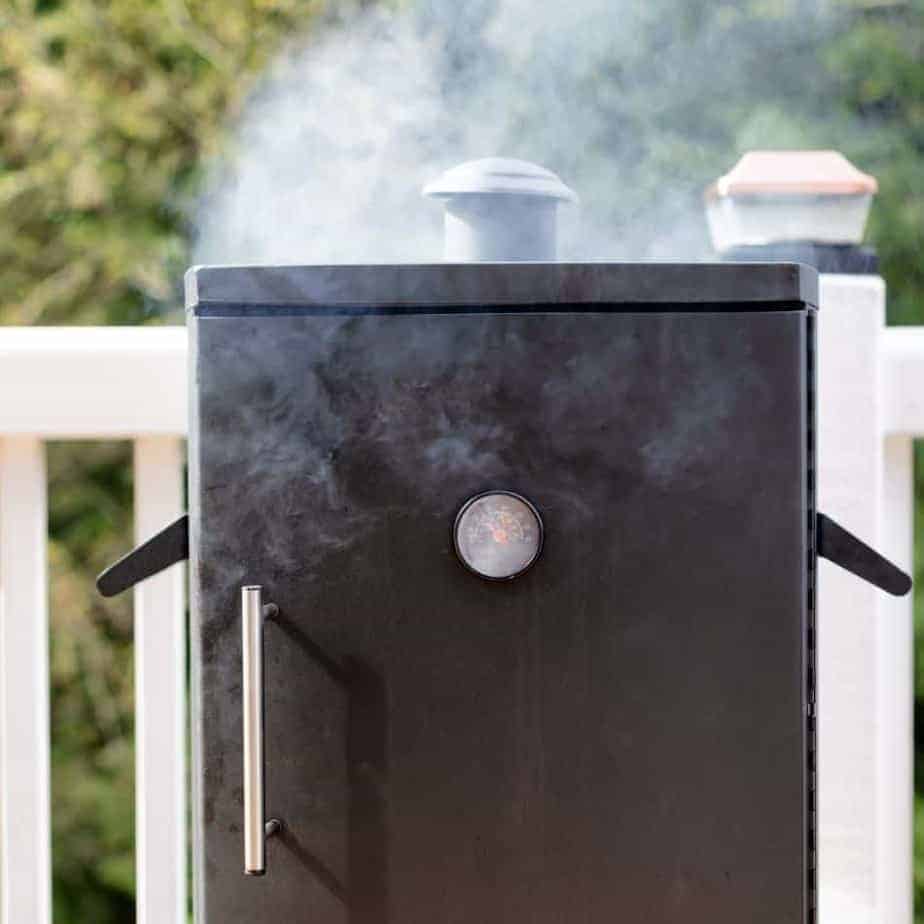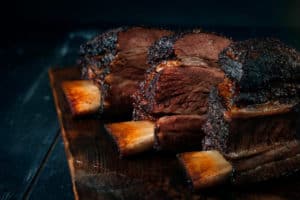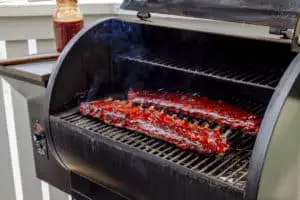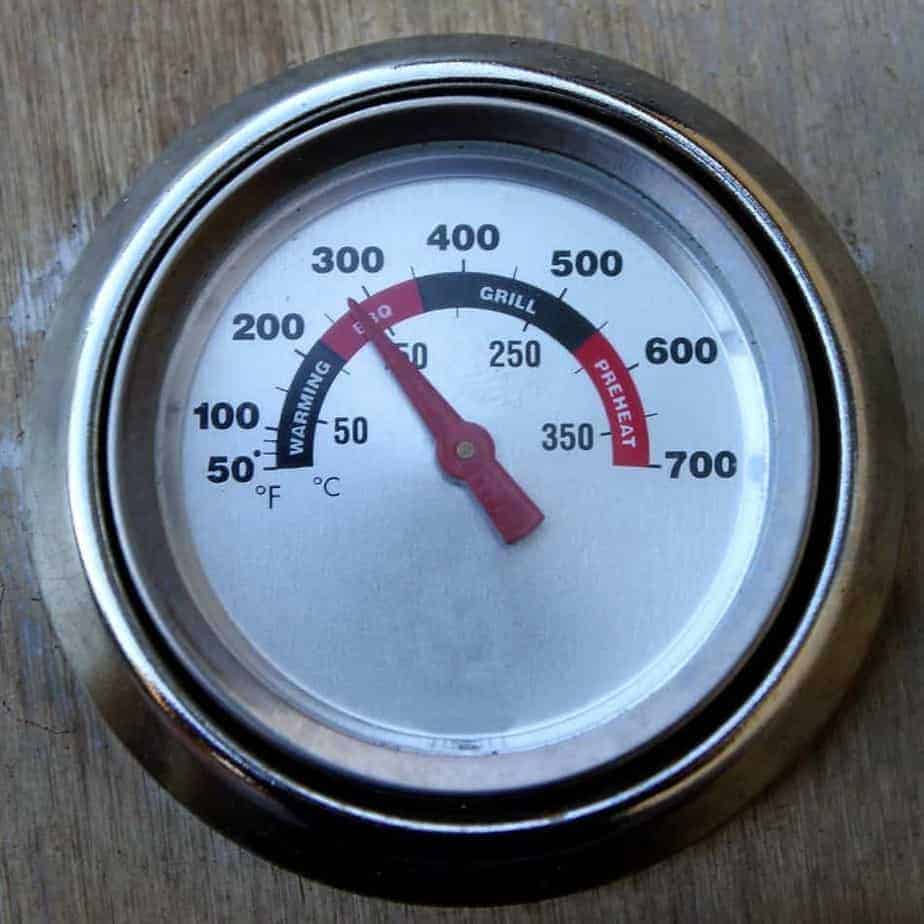Why Your Smoked Meat Tastes Bitter and How to Do It Better
Disclosure: This post may contain affiliate links. If you use these links to buy something we may earn a commission at not additional cost to you. Learn more.
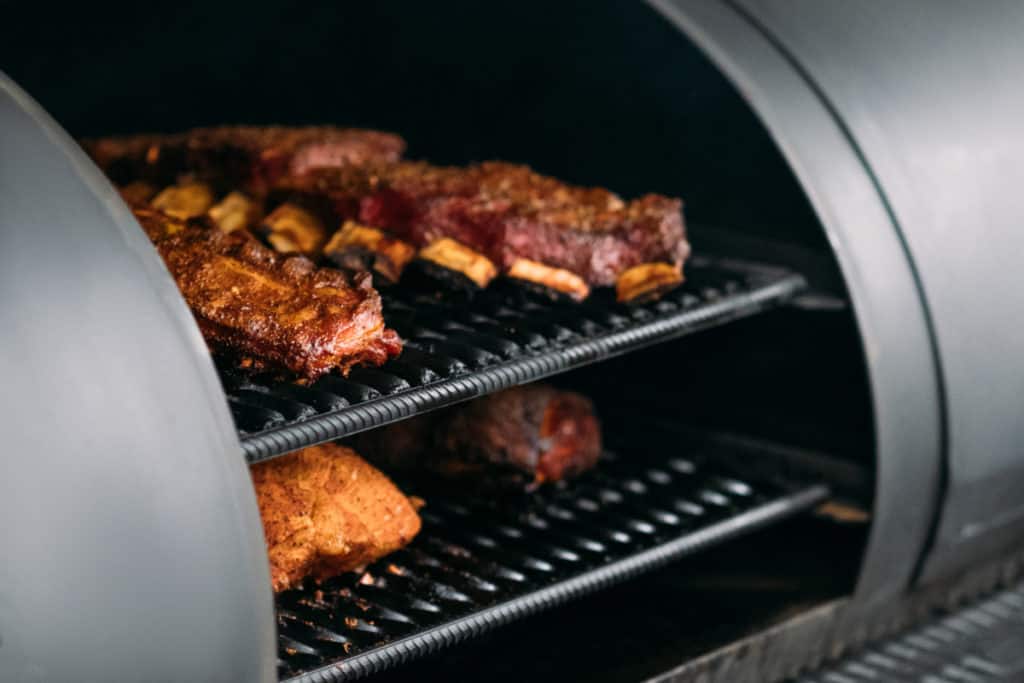
Does your smoked meat have a bitter aftertaste? Not sure where you went wrong? We can help.
Smoked meat tastes bitter when your smoker has not been cleaned or has poor ventilation, causing creosote to develop. Creosote builds from too much smoke and not enough airflow, so the leftover oily texture combines with your meat and leave an unpleasant taste in your mouth.
Not only can you avoid this, but you can avoid it with a few simple steps.
Creosote Formation
The last thing you want in your smoker is creosote. Not only does your meat take on that bitter taste, but if the creosote is strong enough, it can make the roof of your mouth tingle or even turn numb for a short while after the creosote comes in contact with it.
Creosote is a chemical reaction meat has when old smoke mingles with it. You may think, “My smoke isn’t old. I start a new fire each time I use the smoker.” But if your smoker has poor ventilation, that smoke will be stuck inside the chamber and stay there. So when you inevitably put your meat in, that rancid smoke sits on the surface.
Other causes of creosote formation can also come from improper combustion. Too much fuel can cause an overabundance of smoke and choke out the real fire. Coals that aren’t hot enough won’t create the ideal inner temperature. Poor airflow will stagnate the smoke that needs to vent out and keep the combustion going. Even fire that is too hot can burn up before it eats the fuel needed for combustion.
When improper combustion is a regular or rare occurrence, creosote inevitably comes along.
Ingesting old smoke sounds unappetizing, of course, but you may not even notice that it’s there until you taste in on the meat. Since you want to avoid ruining the smoked meat you labored to perfect, you need to take some preventative measures to keep creosote from being one of the flavors of the finished product.
Clean Your Smoker
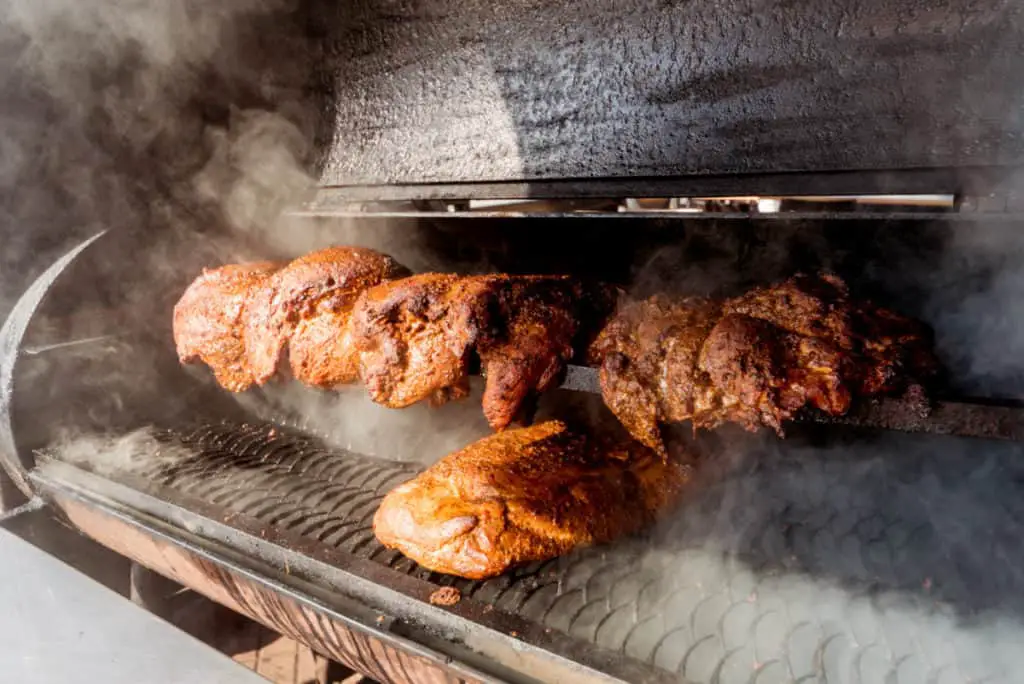
Smoke and crust buildup can be a hassle to clean if it has been left to gather in your smoker over a long period of time. But how do you clean a smoker the right way in the first place to prevent creosote formation?
The balance is hard to maintain. You don’t want your metal to rust without the oily coating in the smoker, but neither do you want the grease buildup to become a problem.
The easiest solution—but the most inconvenient—is cleaning the smoker of ash and grease puddles after each use. The last thing you want to do after meat has cooked for hours on end is to then clean the smoker. In spite of this, a quick clean can save you from an exhaustive clean and foul-tasting meat in the long run.
As you do this, however, you should still avoid cleaning to the point of stripping the smoker’s protective coating.
A clean smoker is less likely to give your meat that bitter taste because there is nothing old in there to stick to the meat as it cooks.
Proper Ventilation
Without good airflow, too much smoke sits in the smoker, and thus creosote sinks into your meat. When this happens, you’ll quickly learn the difference between a smoky taste and a bitter taste.
One of the best ways to keep your meat from getting ruined is by keeping the smoker vent open at all times. Any barbecue expert will tell you that as long as the vent is wide open to let out as much smoke as possible, then you’ll have better flavor and less bitterness to worry about.
Fortunately, the rookie mistake of not letting your smoke out like you should has an easy remedy. Once you have enough airflow with as much ventilation as possible, then that smoke won’t make a habit of sitting on top of your meat and turning it unsavory.
With the right amount of constant ventilation, you’re on your way to perfecting that smoky flavor for your meat. And as an added bonus, when smoke isn’t trapped in the chamber to cause all sorts of problems, you don’t have to worry about how you can clean creosote off the surfaces. Although you should maintain a regular cleaning schedule to keep your smoker in tip-top shape, you save yourself some serious elbow strain when you take that extra measure for airflow.
If you have creosote issues despite airflow and a clean smoker chamber, then consider taking other steps to combat that bitterness.
Use foil to protect your meat from the creosote buildup. As much as you may want to shy away from this method because you want that smoky flavor, at this point, you’re probably not getting that smoky flavor anyway. Tinfoil allows your meat to cook and keep that fall-off-the-bone texture. You can also still make sure it’s flavored well by adding dry or wet rubs to the meat.
Don’t overuse wood for the fire. More wood equals more smoke, which equals more creosote taste. Although you may be tempted to toss more wood into the fire to get it going, you should focus on perfecting that “thin blue smoke” look rather than as much smoke as possible.
How To Test For Creosote
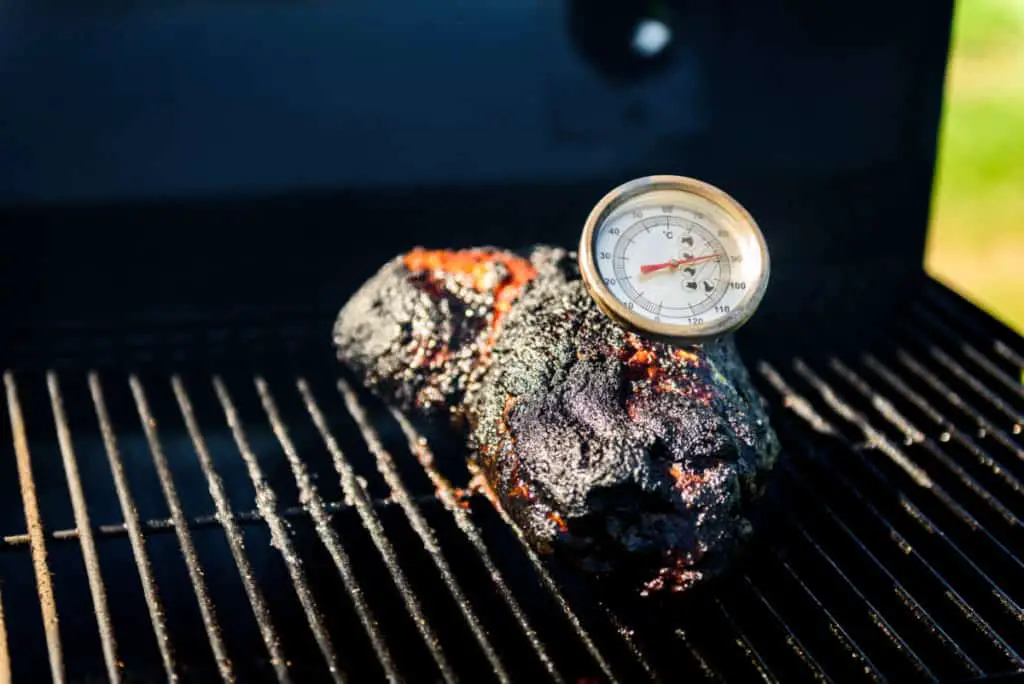
It’s fairly simple to check if you have creosote problems in your smoker.
The first test is to take a piece of meat that you’re not worried about ruining and throw it into the smoker for cooking. Once it’s done, you can do a taste test and see if the darkened portion of the meat is bitter and turns your mouth tingly or numb.
If you want a quicker way that leaves your meat out of the equation, you can start a fire for your smoker. Once a stream of smoke comes from the exhaustion vent, hold a glass of ice water in the smoke for a minute or so. Should you see blackened flecks or a tarry buildup on the glass and on the surface of the water, then you have a creosote problem.


